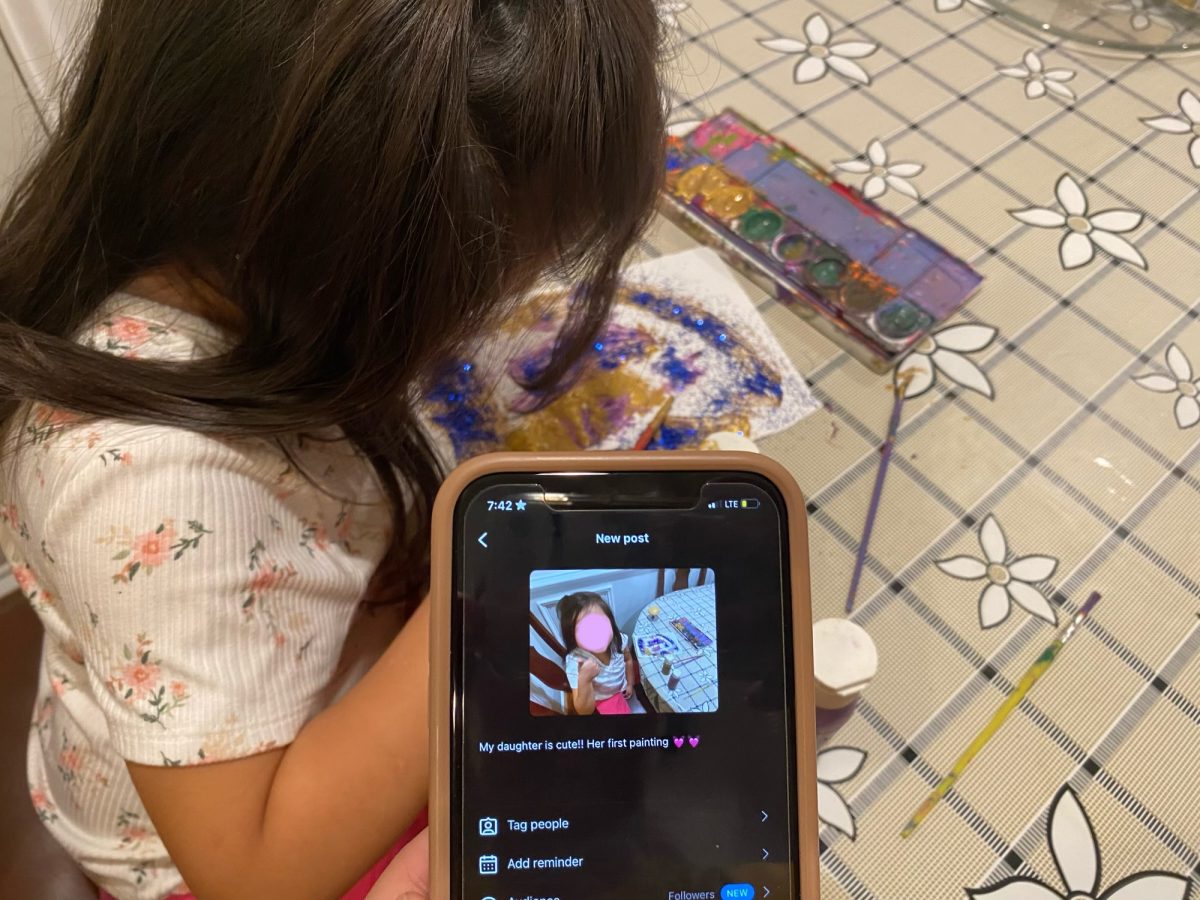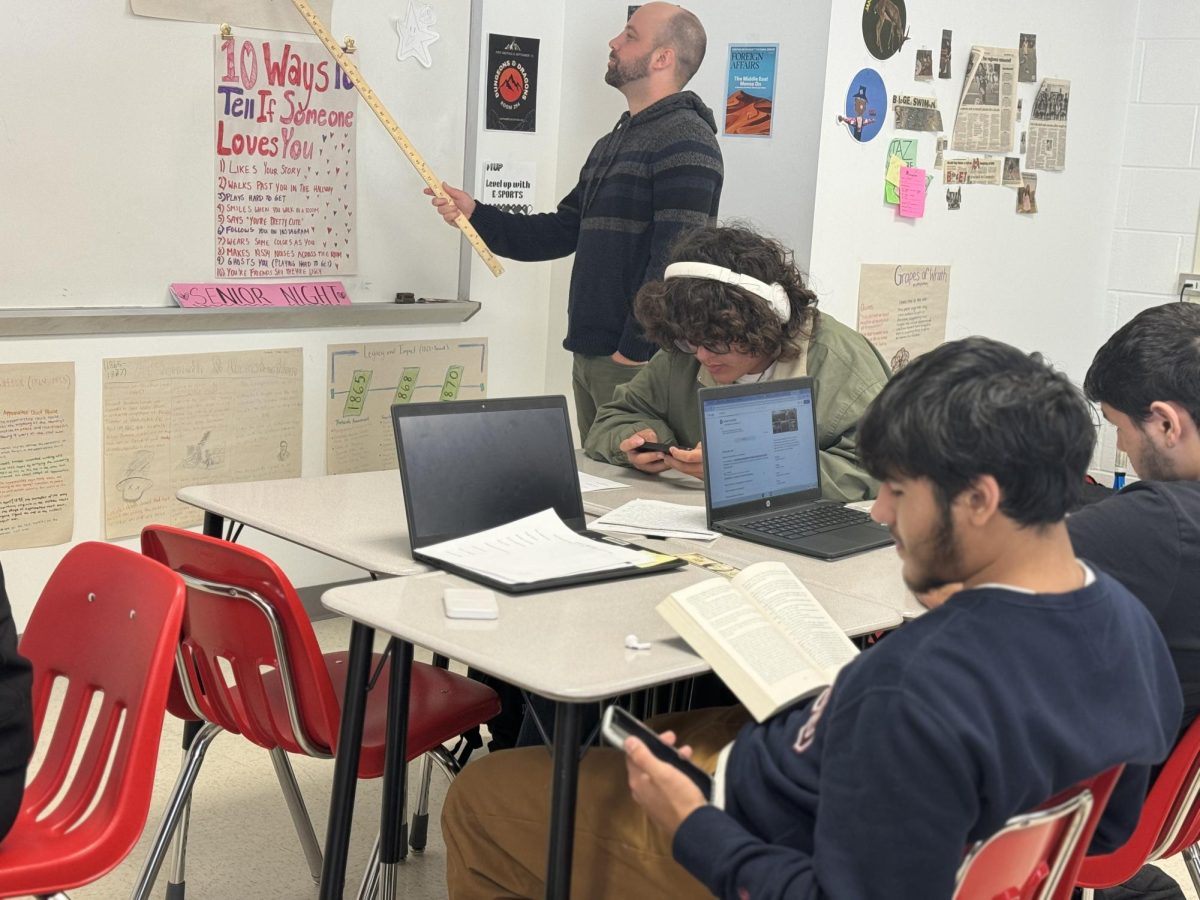The purported failure of the American education system is highlighted through comparisons between the levels of success in American schools and international schools. Every year, dozens of tests are performed to ascertain the amount of competition offered by different nations in key categories such as math, science and reading.
The function of these tests is to determine which nation has the most successful school system so that other countries can race to copy them. It also serves as a way to point out the flaws in established systems in order to encourage improvement.
The U.S. has been continuously criticized for years for its lack of performance when compared to other nations. American students habitually score low in international rankings based on science and math.
When looking at the statistics, American education seems to have a lot of room for improvement.
Due to the abundant diversity that is apparent at AHS, there are many students from different nations who have firsthand experienced what it is like to learn and study internationally and can actively compare this with the education that is offered by public schools in America.
Senior Andy Nguyen was born in Vietnam and went to public school there from kindergarten to 1st/2nd grade. “The education system isn’t divided into grades, it’s divided into subjects,” Nguyen said.
Key differences that can be seen between U.S. education and education in countries such as Vietnam is the lack of corporal punishment that is experienced by children in the U.S. “I got hit by a ruler once. It really hurt. Bad kids would continuously get beaten,” Nguyen said.
Senior Arish Ali also experienced teachers who hit their students with rulers at his elementary school in Bangladesh. “Teachers [are] a lot stricter, more formal and less personal. There’s corporal punishment,” Ali said.
Countries like Bangladesh and Vietnam focus less on creativity and more on memorization. “The Bengali system was more math based,” Ali said. “It was harder, more intensive. It focused more on numbers. Elementary school in America [is] based more on expression. [The Bengali system] restricts your individualism.”
Most school systems just reflect the differences of culture that exist between countries.
Senior Samar Faris went to school in Jeddah, Saudi Arabia. “It was pretty big, from Kindergarten to 12th grade all in one school. It was originally a mall but the principal bought it because it was the only space big enough for that many students,” Faris said. “The school was divided in half, the girls and guys sections. All the teachers were women and they were the only ones allowed in both sides of the school.”
With different education systems come different grading systems. “[In Saudi Arabia] the curriculum was based on the British schooling system where grades were determined by the final year exams and there was a report card at the end of the year and it showed the overall percentages in all the classes and a cumulative average which determined your class rank,” Faris said.
The curriculum differences between international schools is key to the differences in test scores and overall assessment of a schooling system. “The curriculum [in Vietnam] focused heavily on reading and pronunciation. Math was also a pretty big chunk of the course,” Nguyen said.
The American school system has been heavily criticized for not allowing students to explore their own interests, but rather making them follow a strict curriculum handed down by the government. “It’s never about what you want to do, it’s about a set of curricula. Where are our interests?” senior Brian Coffman said.
Even though the U.S. school system is internationally described as inferior to other nations, most who have experienced schools in other nations and school at AHS find that they prefer it in the U.S. “Between the education I got in Vietnam and here, the education system is better here,” Nguyen said. “They don’t allow room for mistakes, they want you to get information on the first time they introduce it. They encourage you to raise your hand and say what’s on your mind here. It doesn’t matter if it’s wrong or not, it’s not like you’re going to get beaten.”
The fact of the matter is, the American education system is larger than most other country’s school systems. A single school, such as AHS, can offer a better experience than one what would be offered internationally but not impact the general lack of efficiency that is found across the nation. No system of education is flawless, and there is no one correct way to educate children. The source for most of the success is the determination that students have to succeed.
By the numbers, one would assume that an American school would be much worse than one in Vietnam, Bangladesh or Saudi Arabia. Students’ opinions, however, seem to prefer those in America.






